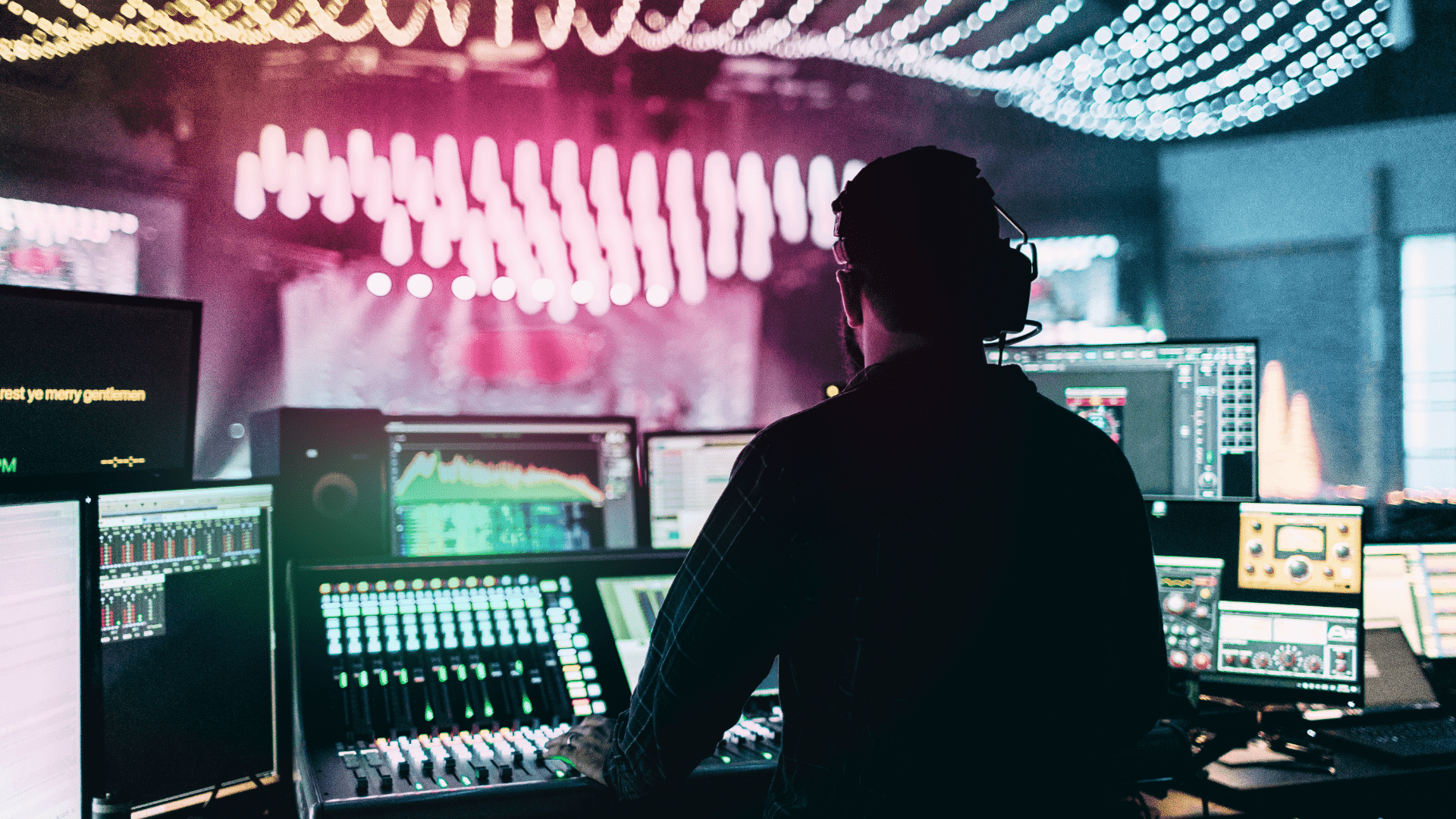Essential Tactics for Maximizing the Durability of Your LED Display
Wiki Article
LED walls are growing increasingly popular for multiple applications, from advertising to entertainment. To guarantee that these screens function efficiently over time, it is crucial to adopt strategies that extend their lifespan. Understanding the factors that influence the longevity of LED walls can assist users maintain their performance and avoid unnecessary replacements.
One of the main factors that can prolong the durability of an LED screen is proper setup. It is crucial to have a professional team handle the setup process to ensure all components are correctly attached. Inadequate setup can result in electrical issues or physical damage. Additionally, the placement of the Light Emitting Diode screen should consider environmental conditions such as sunlight exposure and moisture levels. A well-installed screen in a proper location will reduce the chance of damage caused by external factors.

Routine maintenance is another key strategy to extend the lifespan of an Light Emitting Diode wall. This entails regular inspections to check for any signs of deterioration or failure. Dirt and dirt can accumulate on the top of the Light Emitting Diode panels, affecting brightness and hue quality. Wiping the screens with appropriate cleaners will assist keep optimal visibility. It is also essential to check the components behind the screen, making sure that all links are secure and that there are no overheating issues, which can greatly reduce the durability of the components.
Power management plays a crucial role in improving the longevity of an LED wall. Excess voltage or fluctuating electricity supply can harm the inner circuitry. To prevent this, using a reliable electric supply and putting in place surge protection measures is advisable. Additionally, adjusting the screen to function at lower brightness levels when intense brightness is not required can lessen stress on the lights. This not only prolongs the durability of the wall but also conserves power, making it a economical option.
In addition, software control can influence the functionality of Light Emitting Diode walls. Regularly refreshing the program that controls the display guarantees that it operates efficiently and includes any necessary safety patches. Outdated software can result in performance issues and may put the system to risks. Proper scheduling of content can also assist with overseeing the workload of the screen, allowing it to idle during off-peak hours, which can contribute to a greater durability.
In conclusion, maximizing the lifespan of an LED screen involves a combination of proper setup, regular maintenance, effective power management, and diligent software management. By focusing on these critical tactics, users can guarantee that their LED screens remain operational and visually pleasing for numerous seasons. Taking preventive steps will not only improve the functionality custom led wall for sports events of the Light Emitting Diode screen but also provide a greater return on investment over time.